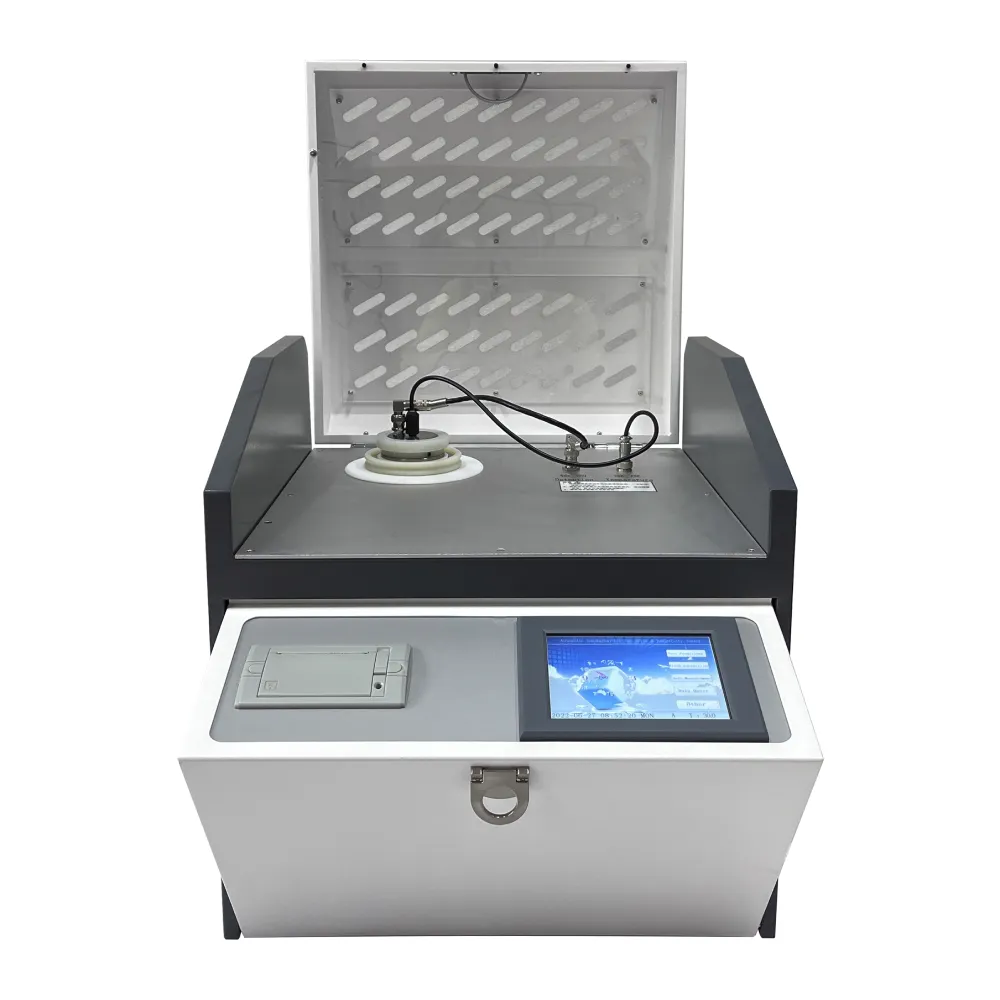 English
English


Sample Conditioning System for Gas Chromatography | Optimize Your Analysis
Sample Conditioning System for Gas Chromatography
Gas chromatography (GC) is a powerful analytical technique widely utilized in chemical analysis, environmental monitoring, and quality control. A significant component of GC systems is the sample conditioning unit, which plays a critical role in preparing samples for analysis. This article will explore the essential functions, components, and benefits of sample conditioning systems in gas chromatography.
Understanding Sample Conditioning
Sample conditioning refers to the process of preparing and modifying the physical and chemical properties of a sample to make it suitable for analysis in a gas chromatograph. The conditioning process may involve different stages, such as filtration, concentration, dilution, and thermal desorption. The objective is to ensure that the sample introduced into the GC system produces reliable and reproducible results.
Components of Sample Conditioning Systems
1. Filtration Unit One of the first steps in sample conditioning often includes filtering the sample to remove particulate matter. This step prevents potential damage to the chromatographic column and ensures that only the relevant analytes are delivered for analysis.
2. Pre-concentration Systems For volatile compounds, pre-concentration techniques such as solid-phase microextraction (SPME) or thermal desorption can enhance sensitivity by concentrating analytes from large sample volumes into smaller, analyte-rich volumes. This is particularly useful in environmental monitoring, where the concentrations of contaminants may be very low.
3. Temperature Control Managing the temperature of both the sample and the conditioning system is vital. Many analytes are temperature sensitive, and controlling the temperature helps to stabilize the sample and prevent degradation that could lead to inaccurate results.
sample conditioning system for gas chromatography

4. Flow Regulation Maintaining a consistent flow rate is crucial in gas chromatography. Sample conditioning systems typically include mass flow controllers that regulate the introduction of the sample into the GC, ensuring that the analytes are delivered at a stable and predetermined rate.
5. Gas Selection and Purification The choice of carrier gas (e.g., helium, nitrogen) and the purity of that gas can significantly influence the quality of chromatographic results. Sample conditioning systems often incorporate gas purifiers to remove any impurities that might interfere with the analysis.
Benefits of Sample Conditioning Systems
Implementing a sample conditioning system in gas chromatography offers numerous benefits. By enhancing the quality of the samples analyzed, the systems help improve the detection limits, increase the reproducibility of results, and enhance the overall sensitivity of the GC method. Furthermore, they enable the analysis of complex matrices, which can contain interfering substances.
Moreover, automating the sample conditioning process can save time and reduce human error, leading to more consistent and reliable outcomes. These systems also facilitate the analysis of a wide variety of samples, from gaseous emissions to liquid extracts, making gas chromatography even more versatile across different fields, such as forensic science, pharmaceuticals, and food safety.
Conclusion
In conclusion, a well-designed sample conditioning system is essential for optimizing the performance of gas chromatography. By preparing samples effectively, these systems ensure accurate, reproducible, and sensitive analyses that are crucial for advancing scientific understanding and maintaining quality standards across various industries. As technology continues to evolve, we can expect further improvements in sample conditioning techniques, driving greater efficiencies and capabilities in gas chromatography applications.
-
Differences between open cup flash point tester and closed cup flash point testerNewsOct.31,2024
-
The Reliable Load Tap ChangerNewsOct.23,2024
-
The Essential Guide to Hipot TestersNewsOct.23,2024
-
The Digital Insulation TesterNewsOct.23,2024
-
The Best Earth Loop Impedance Tester for SaleNewsOct.23,2024
-
Tan Delta Tester--The Essential Tool for Electrical Insulation TestingNewsOct.23,2024





